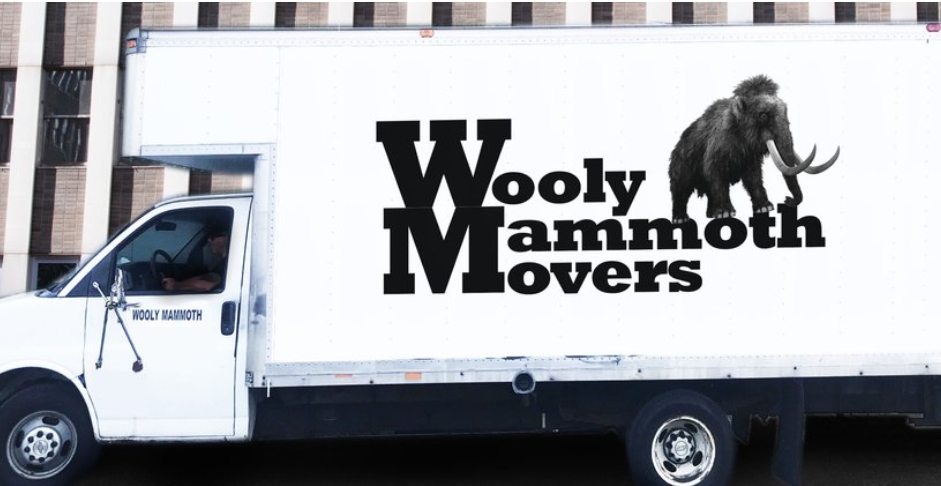Moving companies in Boston and Brooklyn perform the same core job—getting your belongings from Point A to Point B—but the neighborhoods they serve, the regulations they follow, and even the culture of their clientele are surprisingly different. Understanding those differences helps you choose the right crew, plan your budget, and avoid nasty day-of surprises.
1. Regulation & Licensing
| Requirement | Boston (Massachusetts) | Brooklyn (New York City) |
| Intrastate license | Issued by the Mass. Dept. of Public Utilities (DPU). Movers must publish an MA tariff that caps hourly rates and mandatory extra-service fees. | Issued by the N.Y. Dept. of Transportation (NYDOT). Carriers register a Household Goods Certificate and post a tariff but enjoy wider latitude on pricing structures. |
| Insurance minimums | $20,000 cargo + $750K liability; most reputable companies carry $1 million + to satisfy downtown Boston buildings. | Basic NYDOT minimums are similar, but Brooklyn co-ops and luxury rentals frequently demand $2–5 million Certificates of Insurance (COIs) with additional-insured language. |
| Union rules | Rare outside of high-rise commercial work. | Many pre-war elevator buildings in Brooklyn Heights, DUMBO, and Downtown Brooklyn require union labor or special “rider” fees. |
| Claims window | 15 days to notify, 120 days for mover to resolve. | 30 days to notify, 120 days to resolve. |
Takeaway: In Boston, licensing and pricing are relatively standardized; in Brooklyn you must verify both the license number and that your mover can produce a building-specific COI on short notice.
2. Permits, Parking, and Streets
Boston
- Official moving permits from the Boston Transportation Department reserve curb space with bright orange “No Parking” signs.
- Narrow one-way streets in older neighborhoods (North End, Beacon Hill) make a 16- or 20-foot truck the practical limit; larger rigs often can’t turn.
- September 1 (“Allston Christmas”) generates the nation’s largest single-day local moving volume—rates spike and permits sell out weeks ahead.
Brooklyn
- New York City does not issue formal moving permits; trucks typically double-park with flashers. Expect a ticket ($115–$165) built into flat-rate quotes.
- Cobblestone blocks in DUMBO, steep brownstone stoops in Park Slope, and alternate-side parking rules add complexity.
- Freight elevator reservations are ubiquitous; many condo boards restrict moves to weekday business hours.
Pro tip: Ask the mover how they handle parking tickets and elevator slots. A company that shrugs off the details will burn time—and your money—while circling the block.
3. Building Types & Physical Challenges
| Boston Hallmarks | Brooklyn Hallmarks |
| Triple-deckers with skinny center staircases (Jamaica Plain, Dorchester). | Four-story walk-up brownstones with steep, exterior stoops (Bed-Stuy, Carroll Gardens). |
| Elevator mid-rises from the 1960s–1980s along the Green Line; freight lifts are scarce. | Pre-war elevator buildings: tight cabs, strict padding rules. Newer luxury towers (Williamsburg, Downtown) feature spacious loading docks—but require COIs. |
| Brutal winters: ice, snowbanks, and frozen stoops December–March. | Congestion, not weather, is the enemy; a 5-mile crosstown drive can take an hour at rush. |
What it means for you: Boston crews need stair-master endurance and ice melt; Brooklyn crews need parallel-parking finesse and a clipboard full of COIs.
4. Pricing & Estimate Styles
- Hourly vs. Flat Rate
- Boston: The default is an hourly clock (crew size × hours) governed by the mover’s DPU tariff. Travel time to and from the truck yard is often included. Safe Responsible Movers in Boston offers a flat travel fee, other movers may simply charge “on the clock”
- Brooklyn: Flat-rate quotes dominate; they bake in tolls, parking tickets, and traffic uncertainty. Hourly bids exist, but expect a “three-hour minimum” even for studio apartments.
- Travel Fees
- In Boston, travel time rarely exceeds 60 minutes round-trip; suburban yards sit close to the city.
- In Brooklyn, crews may charge “double-drive time” if they’re crossing bridges or tunnels from Queens or New Jersey yards.
- Peak-Season Surcharges
- Boston: August 25–September 5 carries premiums of 25–50 percent.
- Brooklyn: End-of-month Fridays and the last weekend of May–August spike rates, but the calendar pressure is less extreme than Allston Christmas.
5. Culture & Customer Expectations
| Boston Clients | Brooklyn Clients |
| Often moving between college rentals or tech jobs; expect transparent hourly invoices and the ability to ride in the truck’s passenger seat. | Tend to be seasoned apartment hoppers; expect all-inclusive pricing, professional wardrobe boxes, and white-glove furniture service. |
| Will lend a hand if it shaves time off the bill (take doors off hinges, carry boxes down). | More likely to leave everything to the pros; building superintendents forbid DIY helpers inside lobbies. |
| Tipping ranges $20–$40 per mover for half-day jobs. | Tipping expectations are higher—15–20 percent of the total is common in NYC service trades. |
6. How to Choose the Right Company in Each City
Boston Checklist
- Verify DPU certificate number and published tariff.
- Reserve city moving permits at least 14 days out.
- Confirm truck size: 16-footers fit tight streets better than 26-footers. Wooly Mammoth Movers in Brooklyn will sometimes operate an even smaller Sprinter Van
- Ask about September 1 availability early in the year.
Brooklyn Checklist
- Confirm NYDOT license and Federal USDOT number.
- Request a sample COI before signing; send it to your building’s managing agent for pre-approval.
- Nail down a guaranteed arrival window—traffic can double labor costs on an hourly quote.
- Negotiate stair fees in advance if you’re above the third floor without an elevator.
7. Bottom Line
Hiring movers in either Boston or Brooklyn demands local expertise, but the focus differs: Boston is a game of permits, snowbanks, and iconic moving days, while Brooklyn is ruled by parking tickets, co-op rules, and relentless traffic. When you vet movers, look for:
- City-specific credentials (license numbers, insurance limits).
- Proven solutions to local pain points (permits vs. COIs, narrow one-ways vs. double-parking).
- Transparent pricing that spells out travel, tolls, and seasonality.
Armed with that knowledge, you’ll avoid logistical chaos—and your sofa, computer, and sanity will all arrive intact, whether you’re settling in Fenway or Fort Greene.





























